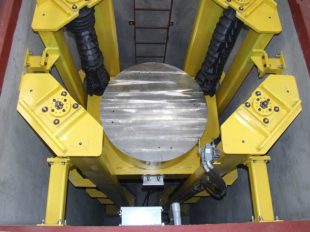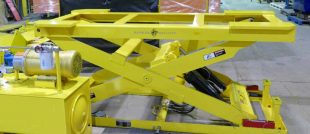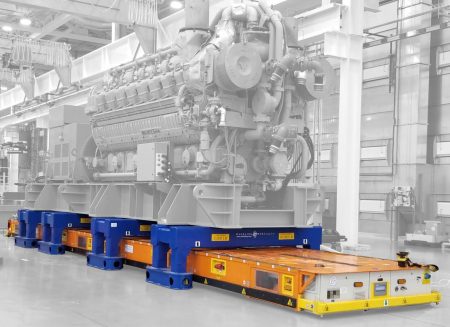
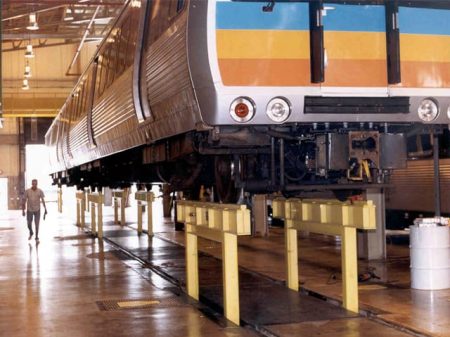
AGV - Advantages and Disadvantages

AGV - Advantages and Disadvantages
An Automated Guided Vehicle (AGV) is an automated vehicle that autonomously transports products or materials within a manufacturing facility or warehouse. Automated guided vehicle advantages and disadvantages will be dependent upon the use case and the environment in which they are being deployed.
As with any technology decision, it is important to assess the automated guided vehicles pros and cons and whether the technology is right for your business application.
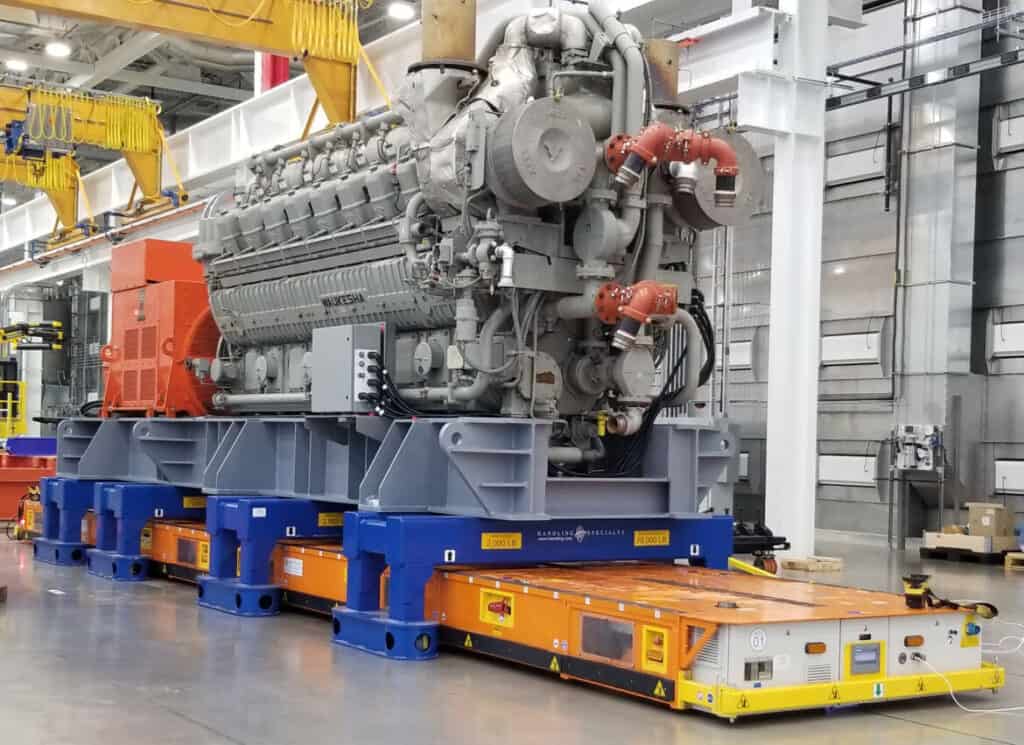
There are several advantages and disadvantages of automated guided vehicles. First, we will take a look into automated guided vehicles pros and cons to help you determine if an AVG solution is right for your business.
How do automated guided vehicles increase safety? AGV’s are fitted with sensors and guidance systems that allow them to make their way through a facility without colliding with any other objects. Once it detects the presence of an object along its path, it comes to a complete stop. A manually operated vehicle is reliant on a driver for navigation. A distracted operator could accidentally hit another object or person. The AGV only moves when its path is clear. The human operator can be redeployed into another role once the AGV is implemented. A few of the advantages of automated guided vehicles include a reduction in accidental damage and personal injuries, along with the ability to move operators into roles that cannot be handled by automation.

The advantages of automated guided vehicles do not stop with increased safety. With a programmed route and the aid of sensors, the AGV can pick up and offload materials without breaks, slip-ups, or miscalculations. For example, if an AGV is used to transport finished goods from the end of an assembly line and transport them to storage, it can position itself with 100% accuracy every time. When evaluating automated guided vehicles pros and cons, this is positive; once programmed, there is no learning curve or supervision needed.
Taking the human factor out of the equation reduces the rate of error. An AGV is programmed for precision and accuracy. Of course, machines can still have glitches, but the probability of error is very low. Errors in a warehouse or production line can lead to delayed or lost shipments if products are damaged or misplaced through handling errors. Reducing errors in the warehouse is important when considering automated guided vehicle pros and cons.
Products can be labeled using QR codes that scanners can read on the AGV, facilitating the traceability and tracking of shipments within the facility. Potential shipping errors can be caught before a product makes it onto the truck for shipment. Reducing error rates is one of the advantages of automated guided vehicles.
Whenever you introduce change in your business, it’s best to do it gradually. Another advantage on the list of automated guided vehicles pros and cons is that you don’t have to overhaul your entire warehouse or production operation overnight. Instead, you can start with one AGV and dedicate it to one production line while the rest of your operation continues to use manual vehicles. In this way, you learn how to optimize the AGV and make changes to integrate the technology.
The AGV will use a predetermined route meaning the other operators can avoid crossing their path. The sensors on the AGV will prevent it from running into workers and other vehicles in the facility. A list of automated guided vehicle advantages and disadvantages would not be complete without mentioning their ability to scale in line with your business needs.
When considering the automated guided vehicles pros and cons you have to take into account how the AGV moves around a facility. An AGV follows a predetermined route around the facility without deviating from its path. AGV’s use different guidance systems depending on the model specified. Magnetic tape, for example, keeps the vehicle centered, allowing it to make turns without subjective adjustments for space or direction. Automated guided vehicle accidents are rare or occur with other vehicles when the driver miscalculates the clearance room required to maneuver around obstacles. One of the advantages of automated guided vehicles is that they will make a turn the same way every time, moving smoothly without the chance of either an over or under-compensation.
Unlike a manual machine, an AGV does not require a driver. This means that an AGV has more space for handling products. The AGV vehicle only needs the space for the components and sensors that enable it to operate and load carrying. The design of the AGV is very flexible. The vehicles can be low and flat, making them easy to load and offload, they can be designed to handle a specific type of load through a manufacturing process, or they can be fitted with a scissor lift mechanism on the load-bearing surface, making it easier for off loaders to do their job.
AGVs are generally powered by batteries and can work for as long as their batteries have sufficient charge. AGV’s are designed with sufficient battery capacity to operate for the duration of a work shift. As the battery charge depletes, the AGV can navigate back to a charging point to recharge overnight, ready for the next day’s operation. The only downtime will be for regular maintenance. As long you follow the manufacturer’s recommendations, you can minimize downtime.
It is mandatory to do regular inspections to ensure that the AGV is in optimal working condition. The control software in the AGV monitors all systems and will alert the control room if there’s a problem with the AGV, reducing diagnostic time, minimizing downtime for repairs.
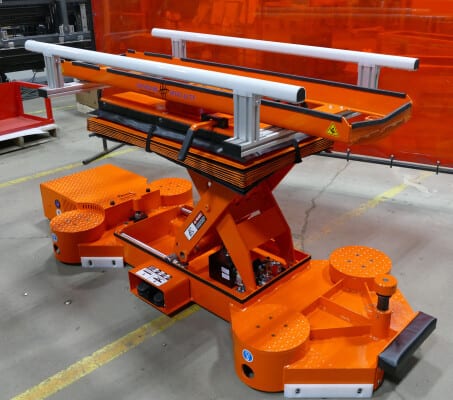
Another one of the advantages of automated guided vehicles is once programmed, whether it be moving product from workstation to workstation in a production facility or moving product from the manufacturing facility to the warehouse, it does it without deviation from its pre-programmed route. Fewer people working in the warehouse helps reduced risk and increases security in your warehouse as fewer personnel need access.
Depending on the industry, products may need to be kept at low temperatures to increase their shelf life. When dealing with horticultural products, fresh or frozen food products, temperature fluctuations can destroy an entire consignment. Personnel have to be outfitted appropriately for working in lower temperatures to safely handle these products within a facility. Working in such low temperatures can pose a heightened health risk and limit their work time. An AGV can operate in environments that may be hazardous to human operators.
With manually operated vehicles, the number of operators required has to be the same or more than the number of vehicles you need to operate. With an AGV, a single trained engineer can monitor an entire fleet from a control room. The initial investment in AGV technology can be high, but once installed and programmed, the efficiencies are high, and the running costs are relatively low. Most AGV deployments see a return on investment within a year or two. After that, the increased efficiency and low maintenance cost contribute significantly to the profitability of your operation.
There are two aspects to this advantage of an automated guided vehicle.
- Production forecasts are more accurate.
- Increased efficiency in resource allocation.
Another advantage of an automated guided vehicle is the Internet of Things (IoT). In manufacturing, machines can communicate with each other, allowing them to work more efficiently. With this type of smart technology, machine synchronization facilitates a seamless operation. For example, if there’s a change in the production volume, machines in the assembly line can modify their processing rate to accommodate this change. With the AGV integrated into the system, it can communicate with the AGV enabling it to keep in sync with the change in production cadence.
There are many advantages of automated guided vehicles. Let’s now consider some of the potential drawbacks.
There are four main disadvantages of automated guided vehicle systems.
With a manual system, you can replace operators even on short notice. If one of your forklift drivers can’t make it in, you can find a replacement certified forklift operator to fill that position until the operator is available.
The automated guided vehicle disadvantage here is that a problem with an AGV vehicle means the unit is out of service until the problem can be identified and rectified. An AGV is a complex machine equipped with many sensors and software to control its operation if you are using a highly customized and specialized unit, getting it repaired or a replacement could take a while. Of course, this can be managed efficiently with IIoT and planned maintenance as suggested by the manufacturer.
Assets that are out of commission for long periods can be detrimental to productivity and profitability. Mechanical issues can be fixed by changing parts, but software or sensor challenges might be a little more problematic to diagnose and repair. Fortunately, regular software updates improve performance and enhance diagnostic function.
One of the limitations of automated guided vehicles depends upon the guidance system; they cannot always improvise when faced with an unpredicted obstruction. For example, if the AGV vehicle encounters an object along its path, it will stop and wait until the path is clear. It will always need some level of human intervention. Therefore, it is essential that the control room monitoring the AGV operation be ready to act if an obstruction immobilizes the AGV.
Despite this, using magnetic strips make it easier to modify routes within the facility. Previously, an AGV could only follow a specific path; the magnetic tape allows easy changes to the desired pathway. However, when considering automated guided vehicle pros and cons, determine the best type of navigation system is best suited for your application.
If your operation requires regular changes in the routes and tasks to be undertaken, an AGV may not be the best solution. The AGV works best on a fixed route with set tasks. It is unable to alter routine activities due to changes in the operational process. A person can be briefed and modify their work plans in a matter of minutes; the AGV requires more effort to be rerouted to other tasks.
Operators can also learn new skills and quickly adjust to product and technological changes. The AGV has a static capability built for moving and positioning products. When evaluating the automated guided vehicle advantages and disadvantages, consider the flexibility of your production and product movement needs.

The list of automated guided vehicles’ advantages and disadvantages is long, but deciding to invest in an AGV technology infrastructure is subjective. Every business is unique. The scale of your operation and the working conditions will determine whether an AGV solution is the best investment for your business.
There are many automated guided vehicles pros and cons. Most disadvantages of adopting an AGV solution are short-term, such as the initial cost of investment and ensuring your facility can be adapted to leverage AGV’s. However, technological advancements continue to make AGVs more efficient and adaptable to changes in the operational route. The initial investment may be higher, but the returns offer greater efficiency and relatively low maintenance costs.
If the steps in your production process are repetitive, the advantages of the automated guided vehicle far outweigh the automated guided vehicle disadvantages. Contact us if you would like to learn more about our AGV products and discuss your production or warehousing requirements.


